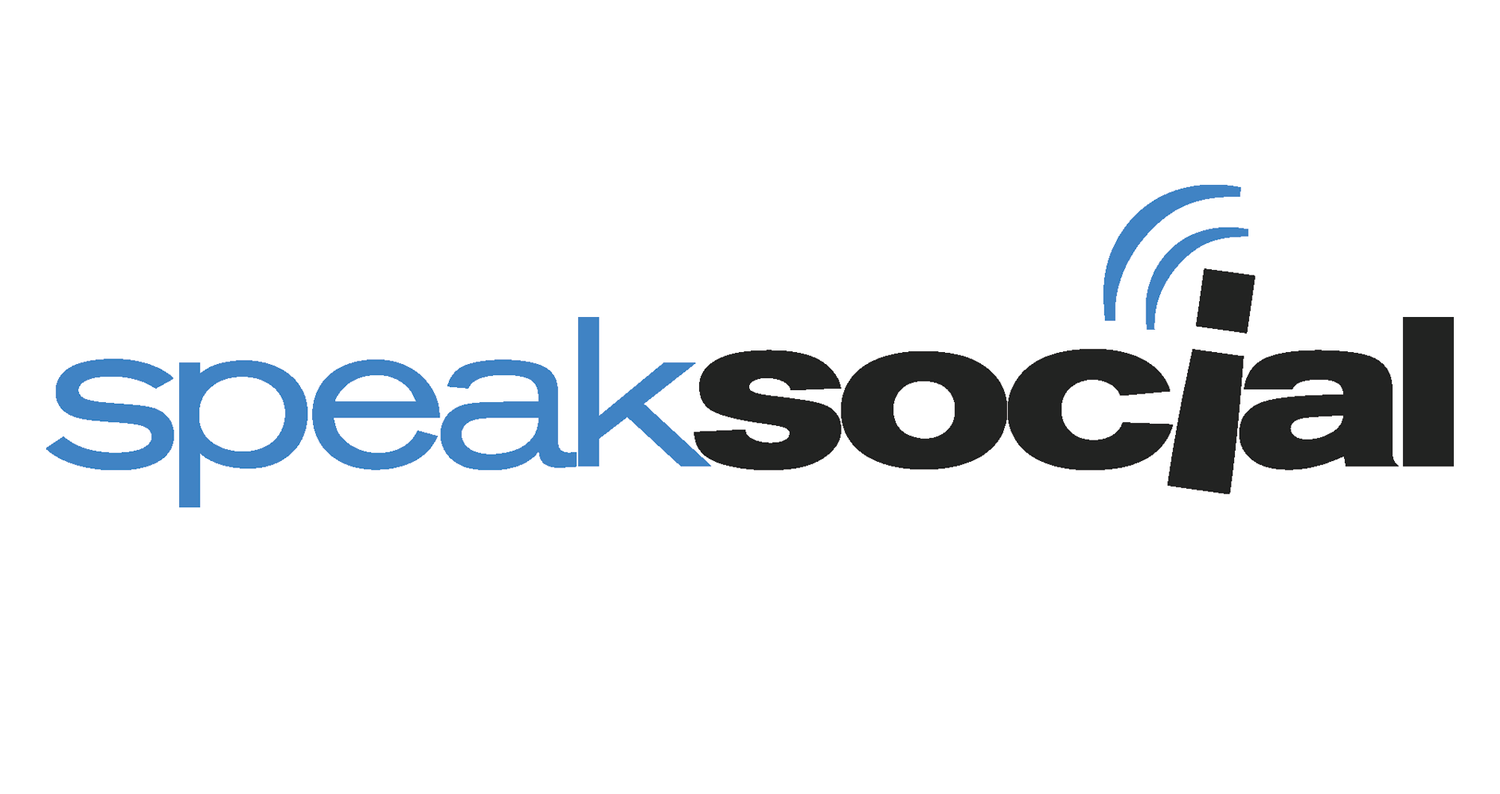Do You Need Influencer Marketing or Content Marketing?
Influencer marketing and creator marketing are two distinct strategies within the broader realm of social media marketing. While they share similarities, they have significant differences in their approach, goals, and the type of individuals they collaborate with. To better understand these distinctions, it's important to delve into what influencer marketing is and why it differs from creator marketing.
Influencer Marketing:
Influencer marketing is a marketing strategy that involves partnering with individuals who have established themselves as industry experts, thought leaders, or personalities with a significant online following. These individuals, known as influencers, use their authority, credibility, and reach to promote brands, products, or services to their engaged audience. Influencers can be found on various social media platforms, such as Instagram, YouTube, TikTok, and Twitter, as well as in the blogosphere.
The core of influencer marketing lies in the influencer's ability to influence their audience's purchasing decisions and perceptions. This is often accomplished through sponsored content, product endorsements, and collaborations between the influencer and the brand. The partnership is typically compensated, either with a fee or through a barter system involving free products or services.
In influencer marketing, the focus is on leveraging the influencer's existing image and audience to enhance a brand's visibility and credibility. It often targets a specific demographic that aligns with the brand's target market, which can lead to more effective and efficient campaigns.
Creator Marketing:
Creator marketing, on the other hand, centers on collaborating with content creators who specialize in producing content. These content creators are often not primarily recognized for their expertise or influence within a specific niche or industry but rather for their creative and production skills. They generate content that is entertaining, engaging, or educational, which may or may not be related to a specific brand or product.
In creator marketing, the primary objective is to co-create content with these individuals. This content can take various forms, such as videos, blog posts, social media posts, and more. Brands aim to tap into the creator's creativity and production abilities to craft content that resonates with their target audience.
Key Differences:
Influence vs. Creativity: The fundamental distinction between the two lies in the primary asset being leveraged. Influencer marketing relies on an individual's influence and authority, while creator marketing focuses on the creative and production capabilities of the content creator.
Audience Engagement: Influencer marketing often targets a well-defined audience already influenced by the influencer, while creator marketing aims to engage a broader audience through creative content.
Content Type: Creator marketing is more content-centric, often involving content that may not be directly related to the brand or product, whereas influencer marketing primarily features sponsored endorsements or product placements.
Goals: Influencer marketing typically seeks to drive brand awareness and trust by associating with a trusted influencer, while creator marketing aims to engage and entertain a wider audience with creative content.
Compensation: Influencers are typically paid based on their reach and influence, whereas content creators are compensated for their content creation and production skills.
In conclusion, both influencer marketing and creator marketing have their unique strengths and applications in the ever-evolving landscape of social media marketing. Influencer marketing relies on the power of influence and credibility, while creator marketing harnesses creative content to engage a broader audience. The choice between the two depends on a brand's specific goals and target audience, but combining elements of both strategies can create a comprehensive and effective social media marketing approach.
